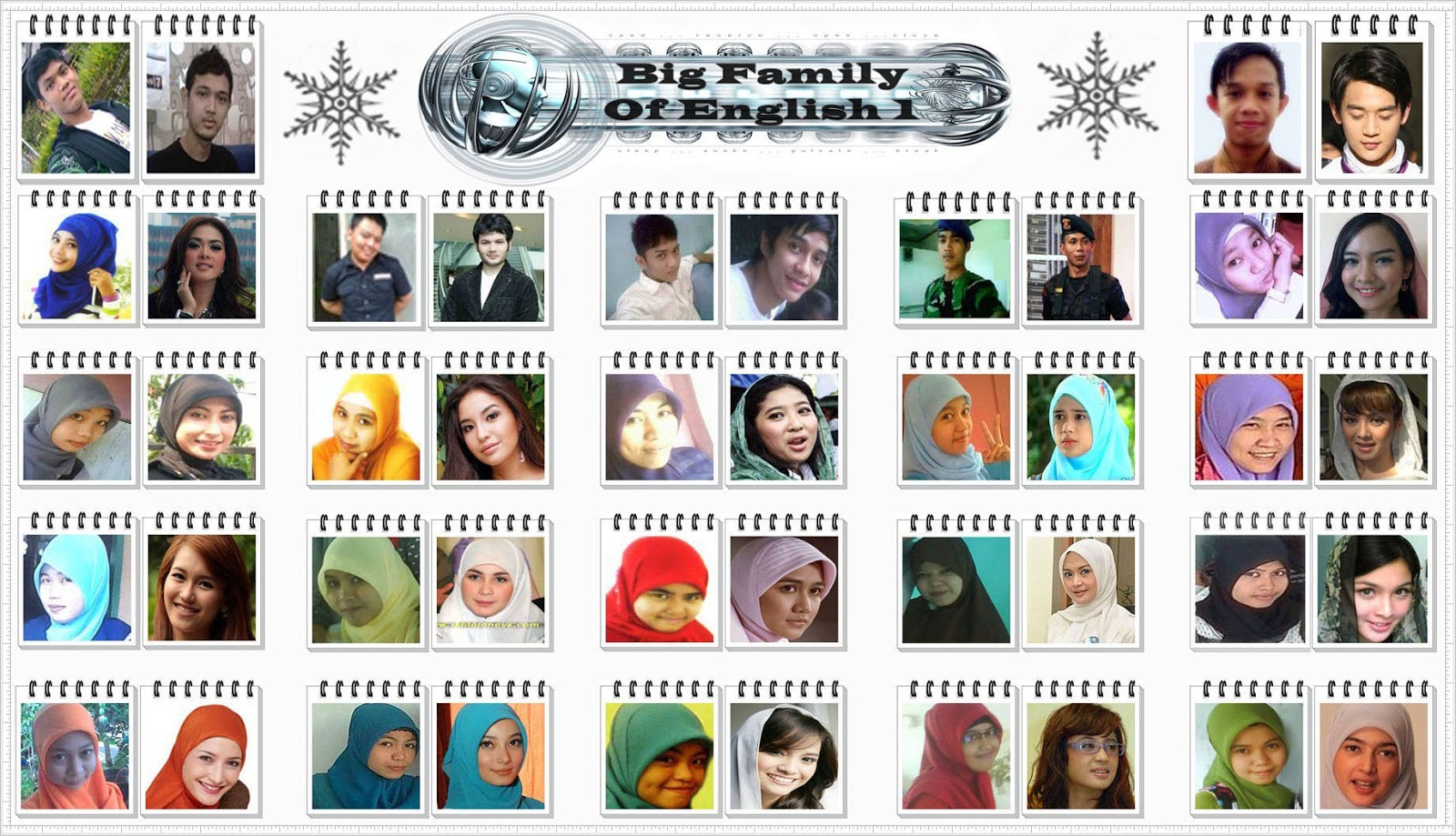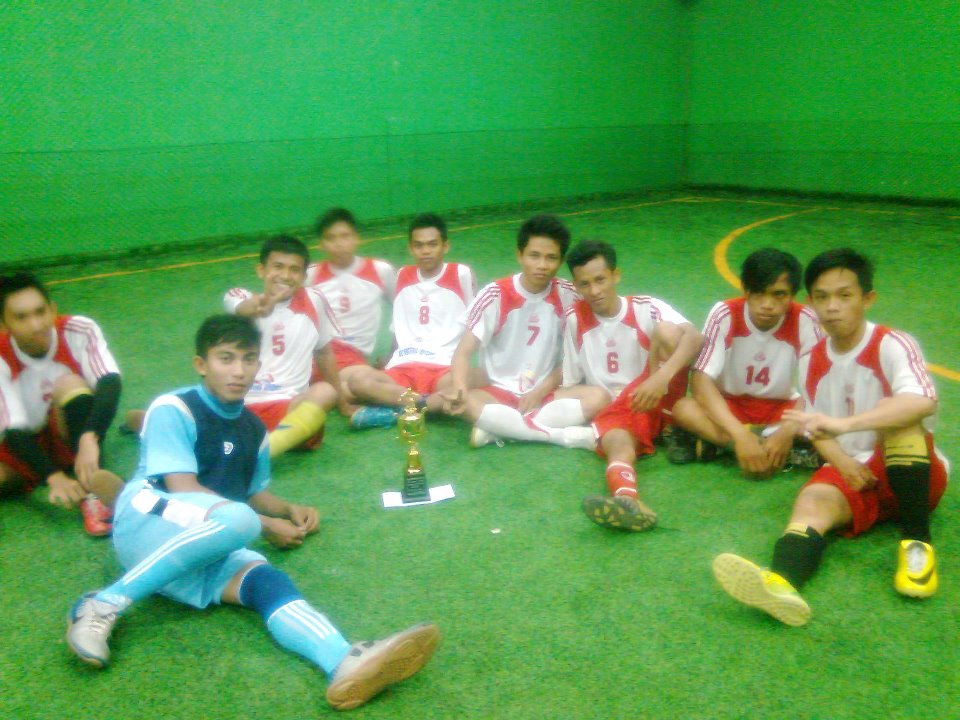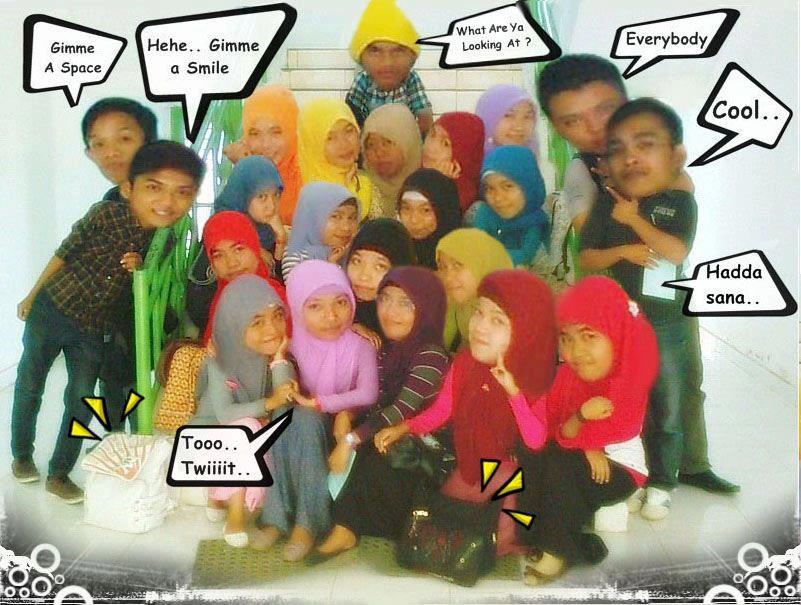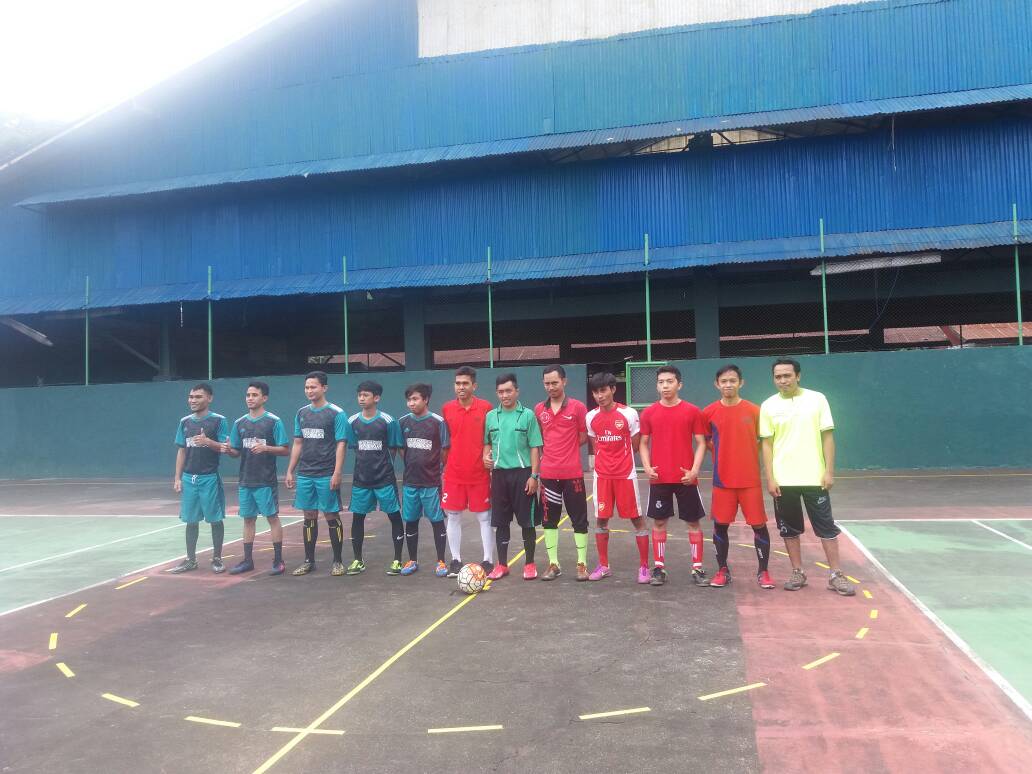 Stylistics or stilistika in Bahasa concerned with aesthetic aspect of a language and also social background. In the clasroom, stylistic analysis has two main objectives: to enable students to make meaningful interpretations of the text itself; and to expand students' knowledge and awareness of the language in general. Thus, although the aim of using stylistics is to help students to read and study literature more competently, it also provides them with excellent language practice.
Stylistics or stilistika in Bahasa concerned with aesthetic aspect of a language and also social background. In the clasroom, stylistic analysis has two main objectives: to enable students to make meaningful interpretations of the text itself; and to expand students' knowledge and awareness of the language in general. Thus, although the aim of using stylistics is to help students to read and study literature more competently, it also provides them with excellent language practice. In order to drill our skill about this stylistics, I want all of us to recall the literary devices that we already learnt in the course previously, there is methaphor (A metaphor refers to a meaning or identity ascribed to one subject by way of another), simile (referring to the practice of drawing parallels or comparisons between two unrelated and dissimilar things, people, beings, places and concepts), assonance (repetision of vowels/ a long song), aliteration (repetion of consonants e.g : The Wicked Witch of the West went her own way. (The ‘W’ sound is highlighted and repeated throughout the sentence.), repetition of word or phrase, anagram for example an anagram for "debit card" is "bad credit". both phrases use the same letters. By mixing the letters a bit of humor is created. Analogy, a relationship based on similarities between two concepts or ideas. Puns (Definition: Puns are a very popular literary device wherein a word is used in a manner to suggest two or more possible meanings. This is generally done to the effect of creating humor or irony or wryness) e.g Santa’s helpers are known as subordinate Clauses.
So after we recognized the literary devices, there are activities both for the students and teacher as well.
A. Teacher
As we already know that we are usually dealing with text and we may analyze the literary text for any unusual or noticeable linguistic features. But before that, there is one possible procedure which involves two main steps:
1. Note down any linguistic features which are particularly noticeable. It is noticeable because they deviate slightly from what might be considered more grammatically or lexically usual.
2. Develop a series of questions which alert students to these features, and encourage students to reach an interpretation or appreciation of the text bearing these features in mind.
Example of literary text to analyze; (opening paragraph of V.S Naipaul’s novel “a House for Mr Biswas”)
B. Students
Here are some questions for students based on the text above that are probably relevant for secondary level;
Go through the questions yourself and note your answers.
1. Write down all the examples you can find in the text of exact numbers, figures or other precise details describing Mr Biswas and his situation. What effect do you think is created by using all these details?
2. In the opening lines of the text we are told that Mr Biswas was sacked. The author could also have said:' Mr Biswas was dismissed.' 'Mr Biswas lost his job.'
How would the use of these phrases in the passage have changed its meaning?
3. In what situation is it common to use the phrase 'I/We have no choice'? Do you think the newspaper had no choice in sacking Mr Biswas? What is the effect of using the phrase here?
4. In the second paragraph two phrases are repeated. Which ones are they? What do you think is the effect of repeating them?
5. In the second paragraph we have the phrase ' . . . Mr Biswas had been owing for four years . . . ' What tense is used here? It is probably more grammatically correct to use the phrase 'he had owed' (past perfect) since verbs of possession such as owe, belong, etc. are not usually used in the continuous form. What is the effect of using this tense here?
6. What feelings do you have for Mr Biswas after reading these two paragraphs? Why do you think this is so?
Stylistic analysis can also provide a way of comparing different types of texts (whether literary or non-literary) in order to ascertain how they fulfill different social functions. For example, students may be asked to compare the description of a character in a novel with the information about someone given in a letter of reference or on a medical form (Widdowson, 1975, Chapter 6). The students will then be able to examine how these texts differ and the reason for this difference. The teaching of literature can thus be integrated more fully into the classroom, since literary texts can be studied alongside other kinds of texts.





